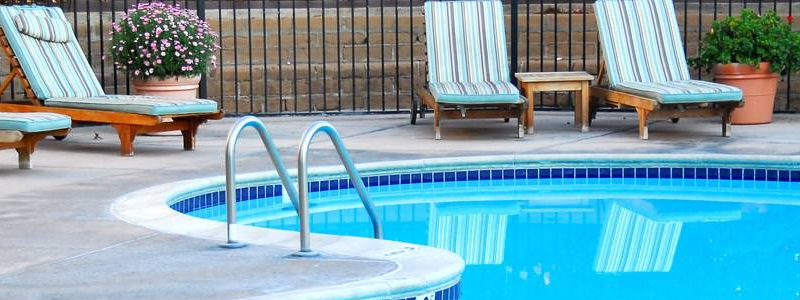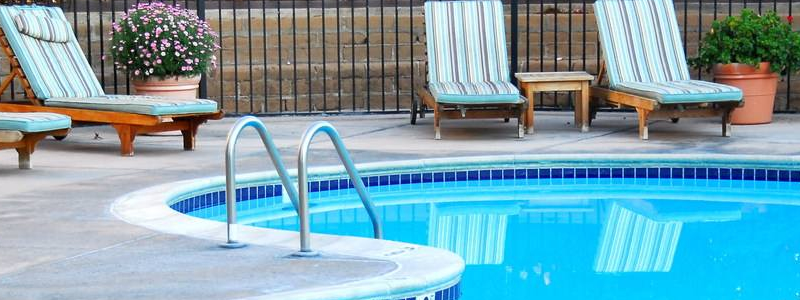
Is Super Absorbent Polymer Biodegradable?
What are super absorbent polymers?
Super absorbent polymers (SAPs) are substances that can hold a huge amount of liquid in relation to their size.
History of the SAPs.
The US Department of Agriculture first developed SAPs back in the 60’s. They were trying to improve water conservation in soils.
However, SAPs have a myriad of uses, and not just in the agricultural sector.
Today, a large range of products contain SAPs. Water retention products is just one. The largest demand for SAPs is in nappies and hygiene products, but you can even find SAPs in toys.
What do superabsorbant polymers do?
Because SAPs can hold so much liquid, they’re incredibly useful in hygiene products like nappies. They can hold between 50 and 500 times their own weight, depending on the liquid they absorb. In contrast, cotton and fluff pulp (from wood fibre) can hold just 20 times their own weight.
So a disposable nappy containing SAPs can absorb much more liquid than a nappy containing only fluff pulp. That means that nappies with SAP are thinner, more absorbent, and use less raw materials.
Without using a super absorbant polymer, nappies would be much bulkier. That means more volume going into landfill.
Nappies without SAPs don’t have the same ability to wick moisture away. With SAPs, baby’s bottom is drier, meaning less chance of nappy rash, and fewer nappy changes. Healthier bottoms, better for the environment, and lighter on your wallet.
Is Super Absorbent Polymer Biodegradable?
As the SAPs applied in so many fields and effected our life every day, many people will think a question that is the SAP biodegradable, will it impacts our environment? Answer is, Superabsorbers aren’t biodegradable. However, new research into nano fibres may mean that a biodegradable alternative will be available in the future. There’s also work being done on creating a natural super absorbent polymer, with biopolymers produced from fermenting biomass. And even if current superabsorbers aren’t biodegradable, they keep so much volume out of landfill, it’s worth using them.
Is super absorbent polymer toxic?
There’s been a lot of research done in this area, and the conclusion is that they’re safe.
The FDA allows SAPs to be added to food.
This Material Safety Data Sheet shows that SAPs are considered non toxic.
considered non toxic by the Cosmetic Ingredients Review panel
the EU Ecolabel allows their use in hygiene products like nappies and feminine pads
SAPs are considered to be non toxic, non sensitizing, non irritant and non mutagenic.
All in all, using a water absorbent polymer is a good thing. They’re non toxic and safe, and they help to keep nappies thinner, so there’s less landfill.
For more information or Inquiry about this product, please contact us - Angchao Technology.
 Previous
Previous  Next
Next Get answers and advice from people you want it from.